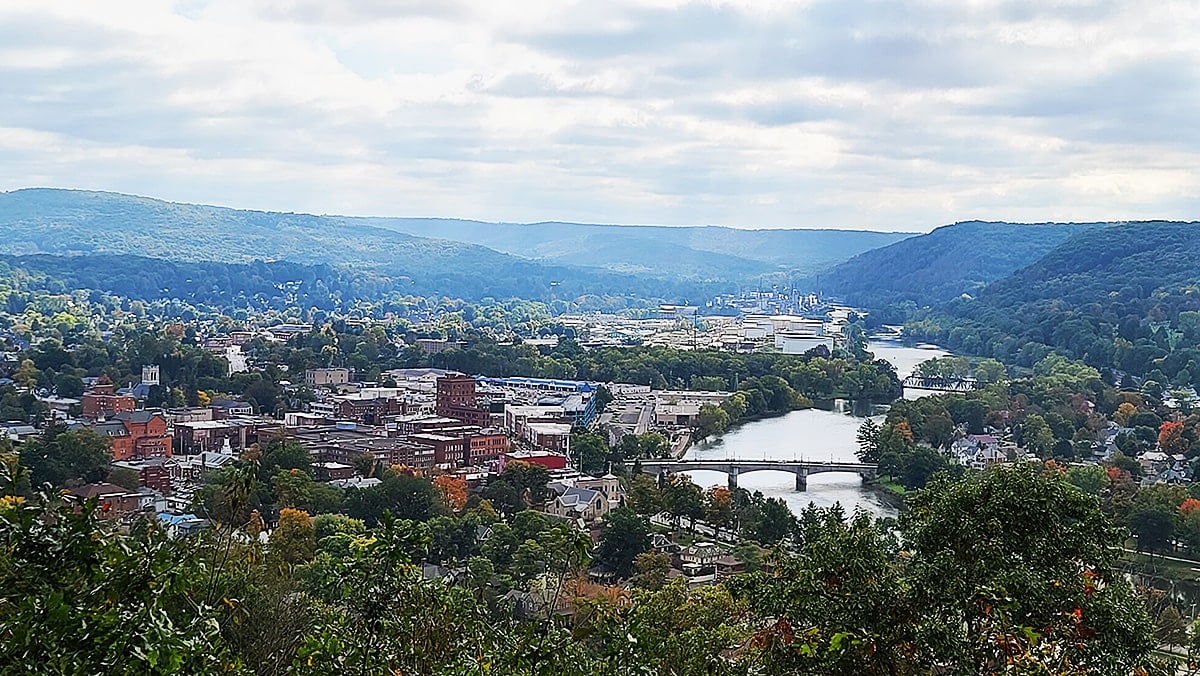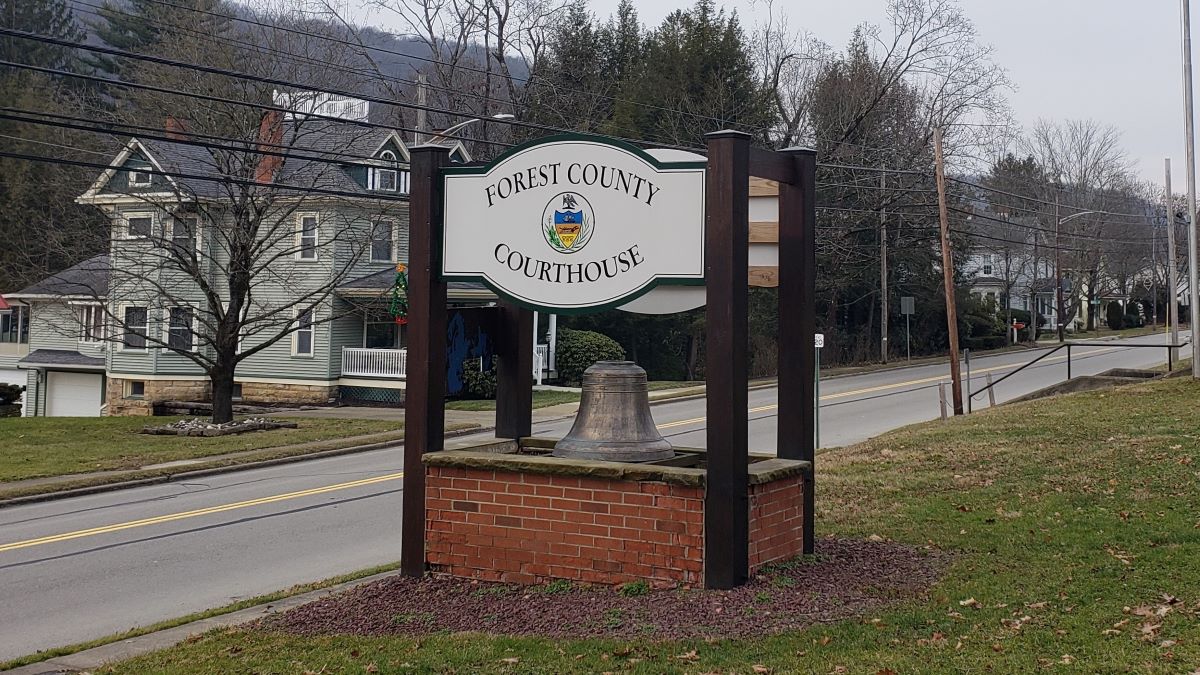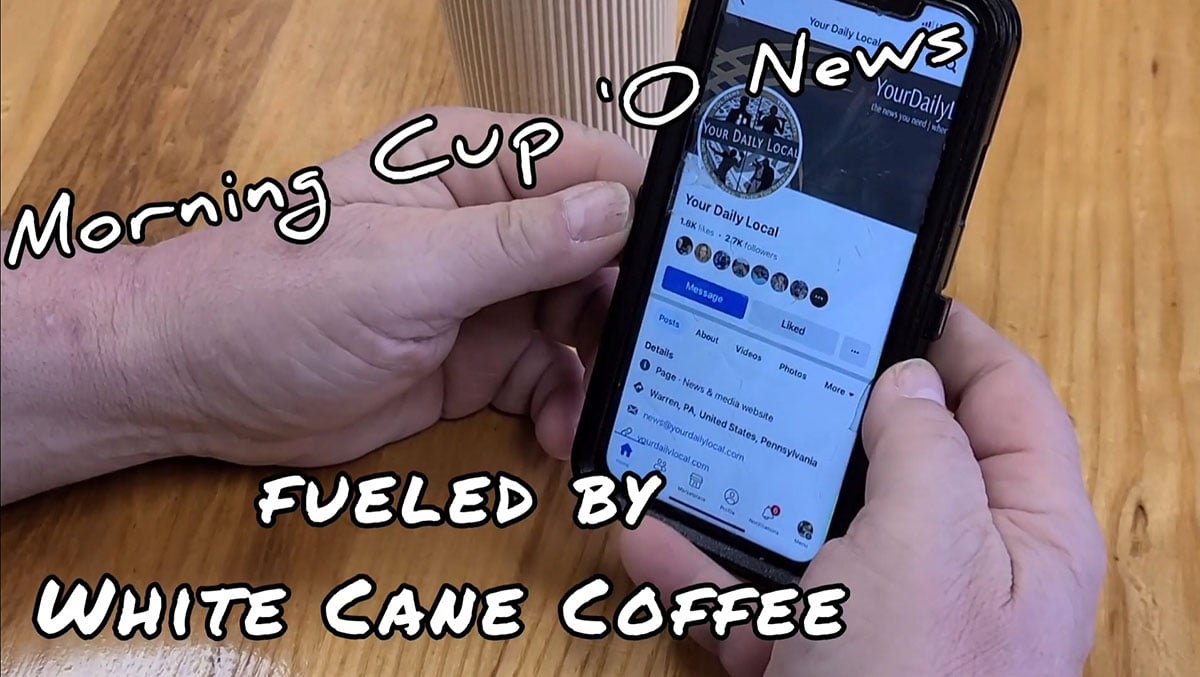It is surprising sometimes to find the impacts obscure people have made upon populations. Upon countries and governments. Impacts that are invisible in plain sight.
Victor David Brenner is such a man and, unless you are part of a relatively small part of the population, you have probably never heard of him, but for a fact, he has played a part in your life. Probably your whole life.
Victor was born in 1871 in Lithuania to Jewish parents. His father gave him training in gem and seal engraving and as a sculptor. In 1890, when he was 19, he emigrated to America. He stayed for 8 years then moved to Paris to advance his education, then he returned to America.
Around the same time, Theodore Roosevelt was looking to have the U.S. currency redesigned. President Roosevelt wanted a coin to commemorate the 100th anniversary of the birth of Abraham Lincoln in 1809. “He rightly felt that Lincoln had been the savior of the nation and of the Union and considered himself to be Lincoln’s heir in politics.“(Teddy Roosevelt and his brother had witnessed Lincoln’s funeral procession from a 2nd story window of the Roosevelt mansion.)
Up until 1909, the U.S. penny had an Indian head, the old Indian Head penny. Victor David Brenner was called on to design the new penny, the Lincoln Head penny. The design is also known as the ‘wheat penny’ because, on the back of the coin, wheat is depicted.
An interesting feature of this first U.S. coin with a depiction of a president was the initials of the author embossed on the back of the coin, at the bottom. (See picture above). The new coin design triggered controversies around the use of the designer’s three initials (VDB), and huge movements among collectors as plans to de-circulate the new issue were discussed. And dismissed. And discussed. Some bought quantities of the coin anticipating demand if circulation was stopped. Some institutions gave out free new pennies with purchases. Etc.
You may have heard of the 1909 VDB penny. There has always been a certain mystique about them for me. As a little one, in my grandfather’s bar, I started a coin collection. I had a bunch of blue coin collection holders with punch-outs fitting the various coin denominations. There was a year and mint designation below each punch-out and, as I found the coins, I would insert them into the corresponding tight-fitting punch-outs. As boring as this might sound, it was a blast, the search just as much as the discovery.
I was able to fill a lot of the slots in the books because my grandfather was in a cash business and many coins passed through his hands from people more concerned with libation than the collectible value of the coins used for its purchase. The penny holders got filled for the most part, but there were those elusive 1909 VDB and 1909 VDB S. Back then, I never found either. I have since found 1909 VDB pennies, but the VDB S is very rare because there were less than a half-million minted. Very expensive. I’m sure I’ll never find one and, if I did, would probably be reluctant to pay the fair price for it. We’re talking tens of thousands of dollars or more. For a penny. I actually found one online for $3744.99. I struggle with the desire to have it. $3744.99. For a penny. I saw another one on eBay for $114,750.00. For a penny.
VDB on the coin was stopped in 1909. In 1918 and afterward, it appeared again just below Lincoln’s shoulder on the front of the coin. You almost need a microscope to see it, but it is there.
The S of a VDB S is the mint mark. You may have noticed mint marks on a coin and wondered what they signified. The mint mark, simply, signifies the mint at which the coin was made:
P-Philadelphia (no mint mark also signifies Philadelphia),
D-Denver, and
S-San Francisco.
This is still done. On Lincoln pennies, the mint mark is on the obverse, or the front side of the coin just below the year.
I would be willing to wager that, over the course of your life, you and everyone in your orbit have touched many pennies. You may have collected them. You may have found them. You may have seen one on the ground and felt it was not worth the effort to bend over and pick it up. You have certainly had them in your pocket many times. Who knows the value of what you have held and surrendered getting or making change.
The last ‘wheat penny’ was minted in 1958. Lincoln’s face remains today, rightly so. The Lincoln penny has changed several times since it originally appeared as a wheat penny.
Lincoln cent (1909–present)
Lincoln Wheat (1909–1958)
Lincoln Memorial (1959–2008)
Lincoln Bicentennial 4 reverse designs (2009)
Lincoln Union Shield (2010–present)
Most of us probably never look twice or even notice the differences. There have even been occasional suggestions that we stop minting them. That the copper to make a penny is worth more than the penny itself. Still, pennies persist.
A penny is not much in our inflation-racked world, but from the start, it has been, in addition to money, evolving, collectible art, and since 1909, has memorialized the most consequential of all of our presidents. In some cases, the value of these pennies is astronomical in comparison to the face value of the actual coin to collectors. In the case of the Lincoln penny, the one thing common in all incarnations is the design of Lincoln’s face on the coin courtesy of Victor D. Brenner.
“Victor D. Brenner passed away on April 1st, 1924. His legacy is well known on earth and beyond. One 1909 VDB Lincoln US cent was placed on a calibration device onboard the US Mars Curiosity Rover, which is currently located on the surface of Mars! “





























